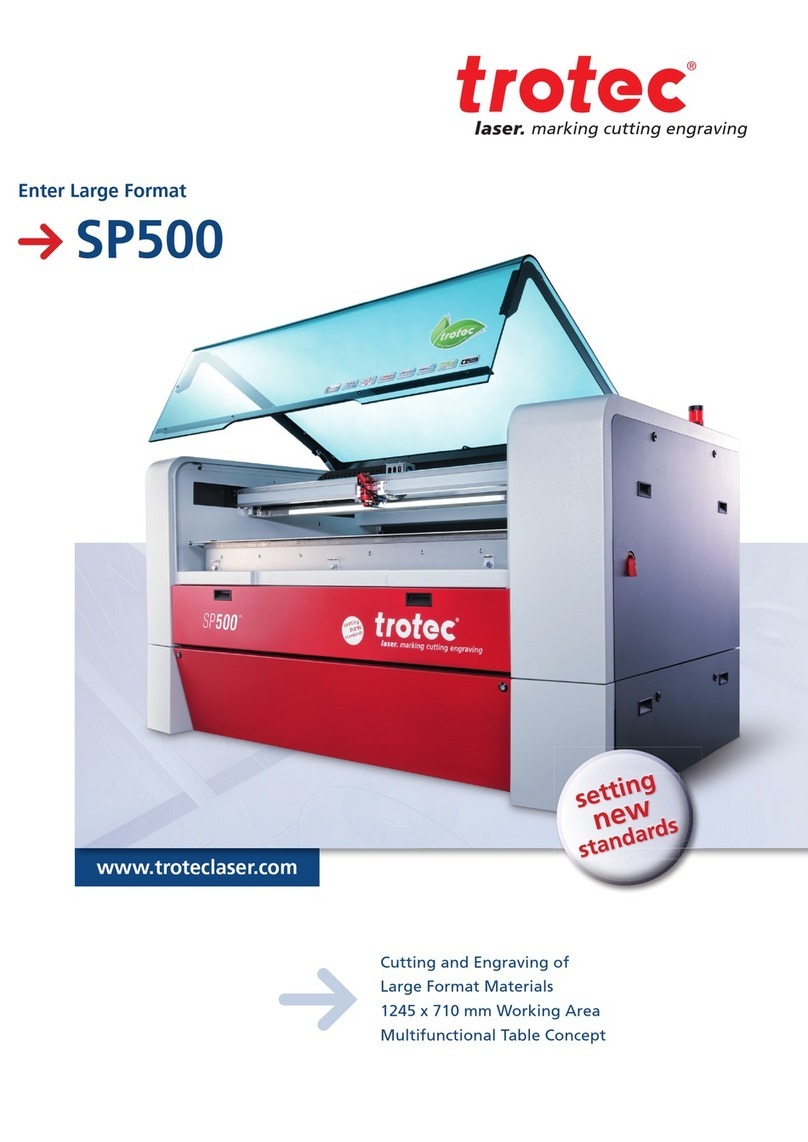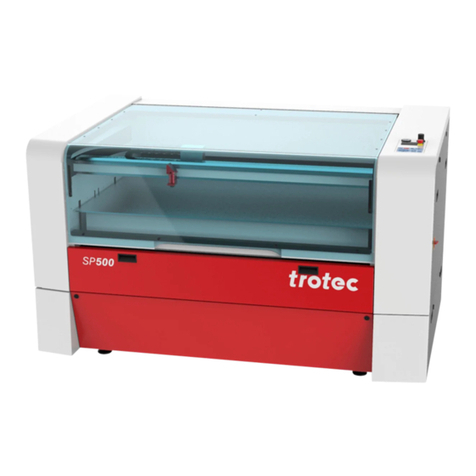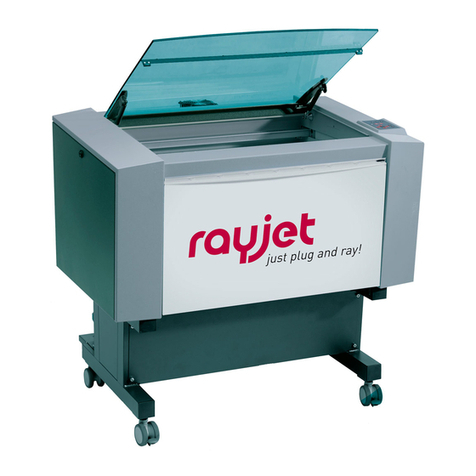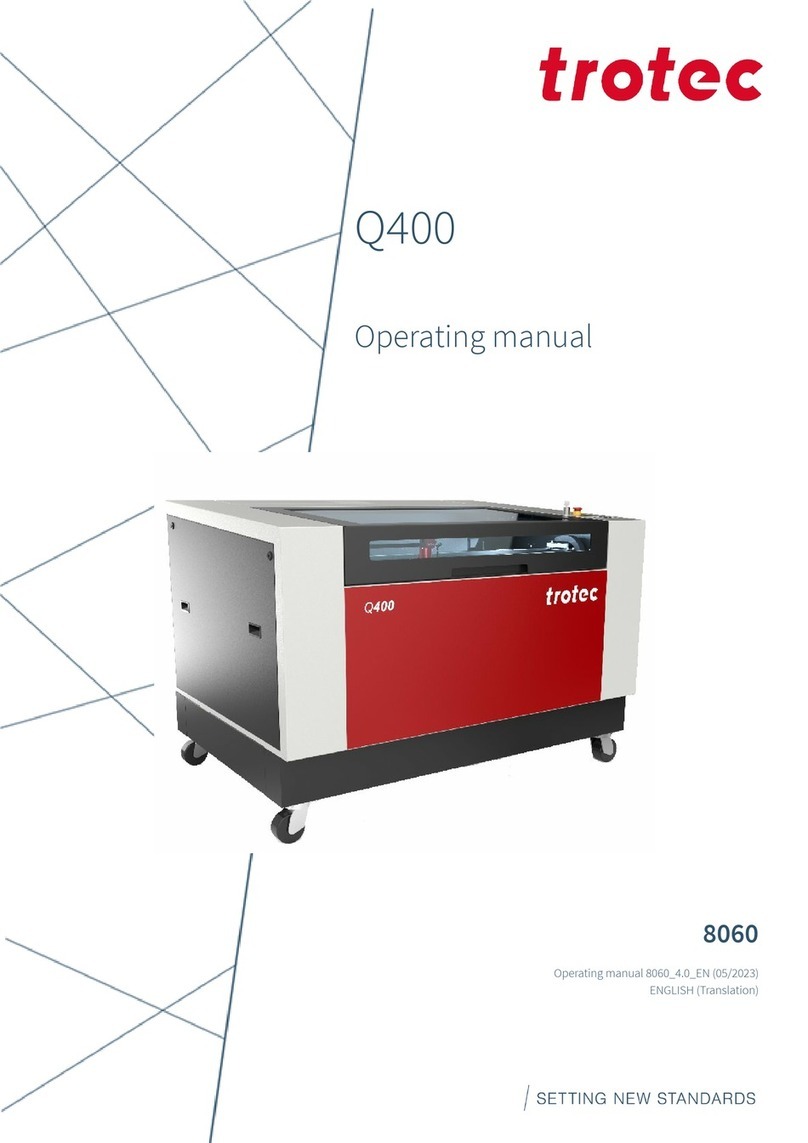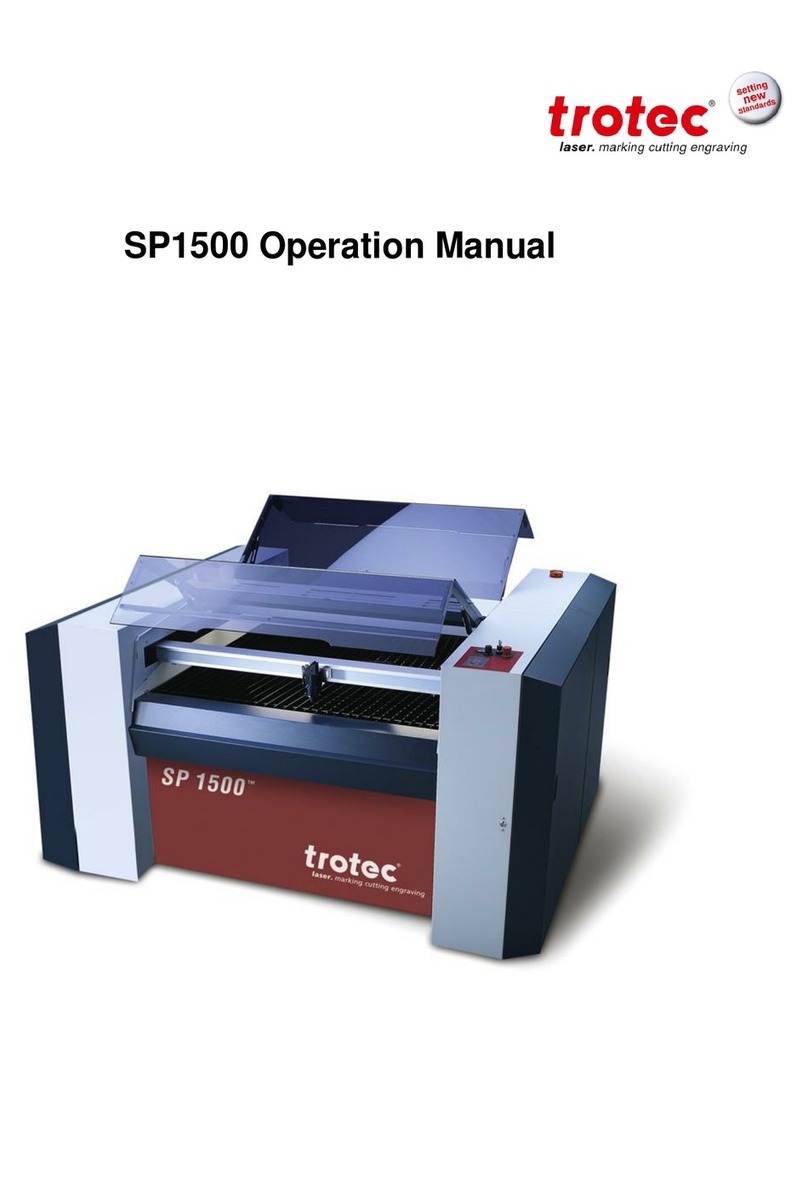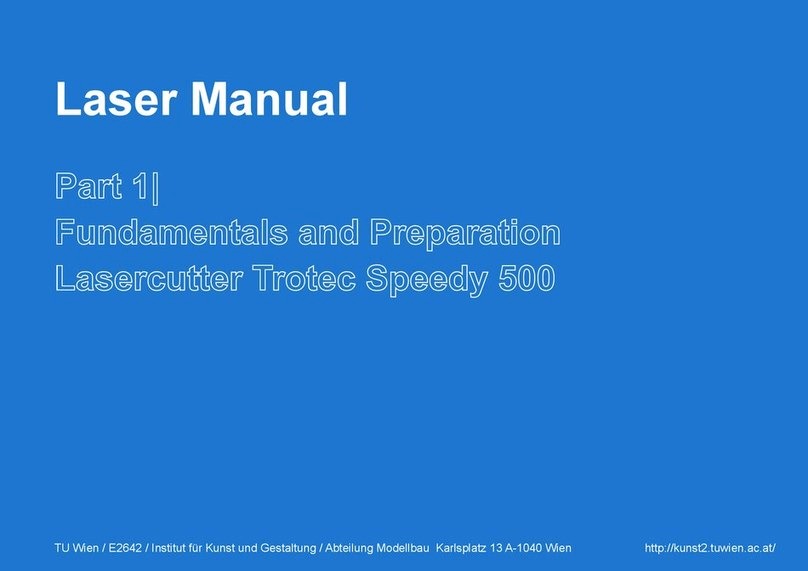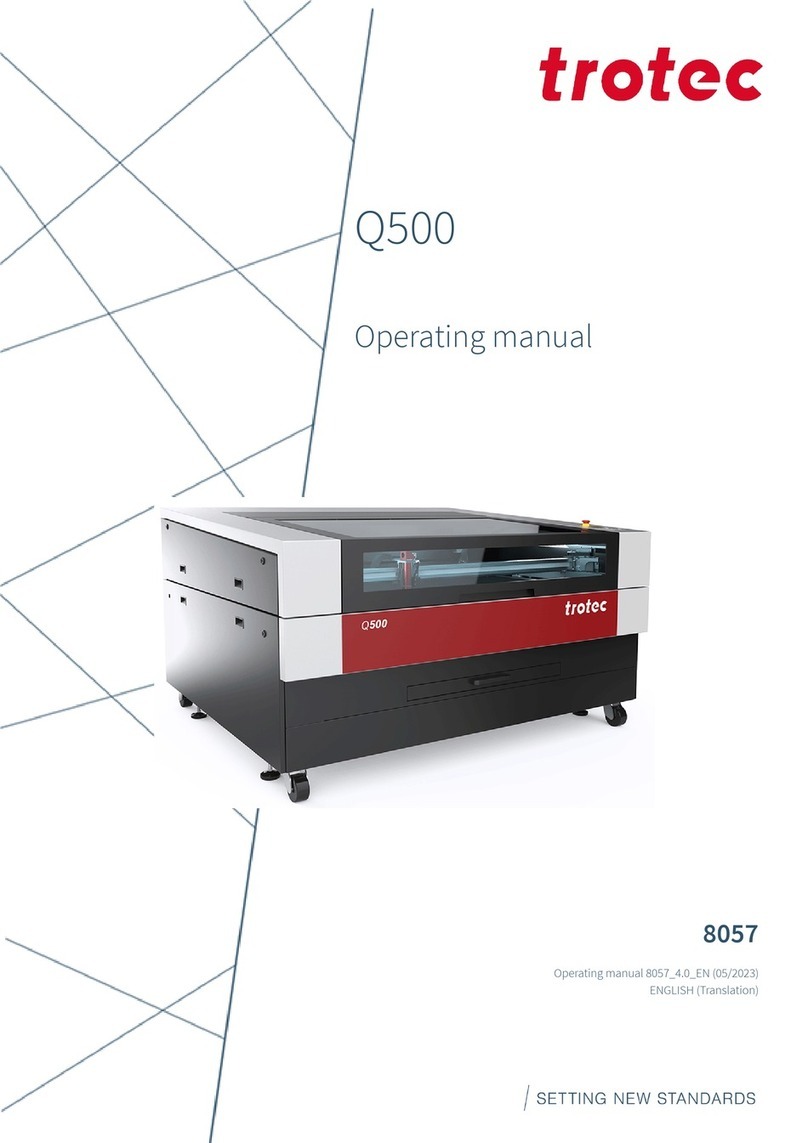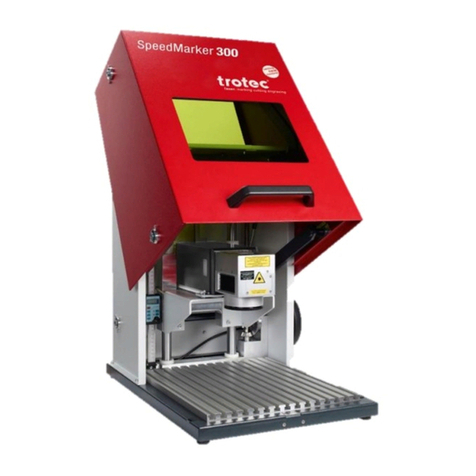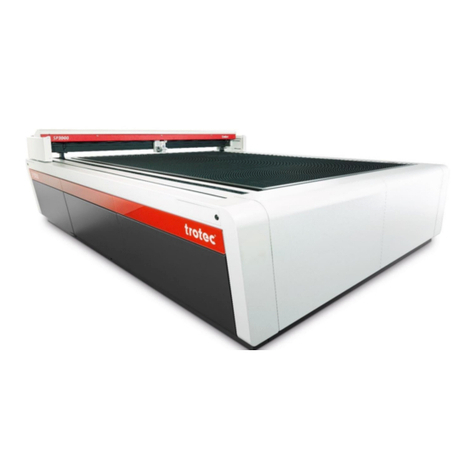
SP2000/Content
IV 8034_2.0_EN (01/2017) 3 / 30
CONTENT
1General .............................................................................................................................................. 5
1.1 Information about this manual .................................................................................................... 5
1.1.1 Complementary documentation ....................................................................................... 5
1.2 Explanation of symbols............................................................................................................... 6
2Safety................................................................................................................................................. 7
2.1 Laser classification ..................................................................................................................... 7
2.2 Responsibilities of the operator .................................................................................................. 8
3Side preparation............................................................................................................................... 9
3.1 Packaging................................................................................................................................... 9
3.1.1 Packaging Version 1 ........................................................................................................ 9
3.1.2 Packaging Version 2 ........................................................................................................ 9
3.1.3 Cooling system............................................................................................................... 10
3.1.4 Exhaust (optional) .......................................................................................................... 10
3.2 Delivery..................................................................................................................................... 10
3.2.1 Delivery state and transport ........................................................................................... 10
3.2.2 Transport inspection and reporting of defects................................................................ 11
3.2.3 Temperature and humidity ............................................................................................. 11
3.2.4 Required tools for unloading and transport.................................................................... 11
3.2.5 Transport conditions....................................................................................................... 12
3.3 Storage ..................................................................................................................................... 13
3.3.1 Temperature and humidity ............................................................................................. 13
3.3.2 Storage conditions.......................................................................................................... 13
3.4 Operating environment............................................................................................................. 14
3.4.1 Temperature and humidity ............................................................................................. 14
3.4.2 Subsoil conditions .......................................................................................................... 14
3.4.3 Environmental conditions ............................................................................................... 14
3.5 Space requirement ................................................................................................................... 15
3.5.1 Space requirement for installation.................................................................................. 15
3.5.2 Space requirement of the machine ................................................................................ 15
3.5.3 Space requirement of the cooling system...................................................................... 16
3.5.4 Machine and component layout ..................................................................................... 17
4Requirements.................................................................................................................................. 18
4.1 Supply connections................................................................................................................... 18
4.1.1 Plug type......................................................................................................................... 19
4.2 requirements of the machine.................................................................................................... 19
4.3 Water cooling system requirements......................................................................................... 20
4.3.1 Electrical requirements of the water cooling systems.................................................... 20
4.3.2 Ideal water quality .......................................................................................................... 20
4.4 Exhaust system requirements .................................................................................................. 21
4.4.1 Electrical requirements of the exhaust system............................................................... 21
4.4.2 Table and laserhead exhaust system ............................................................................ 22
4.5 Compressed air requirements .................................................................................................. 23
4.6 Computer requirements............................................................................................................ 23
5Setup and installation.................................................................................................................... 24
5.1 Required personnel .................................................................................................................. 24

